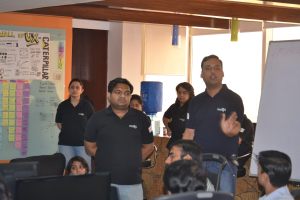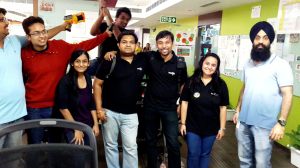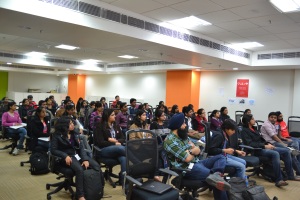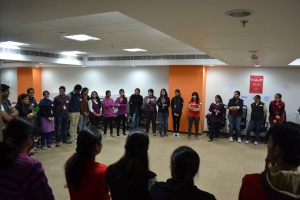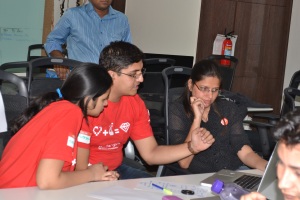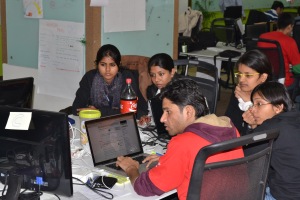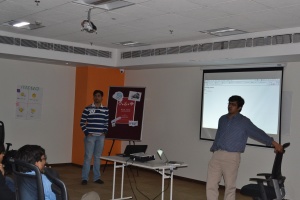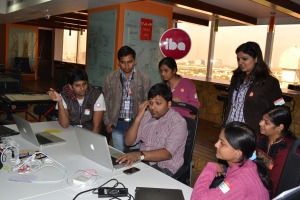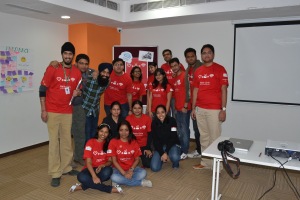We at ThoughtWorks Gurgaon conducted 4th Edition of VodQA on 19th October 13.
There were 160+ external registrations and 50 participated in the event. 20 volunteers supported the event brilliantly. There was lot of buzz and the office was full of energy during the event. The participants were from varied experienced groups.
The Motivation:
With the increasing popularity of VodQA in NCR region, QAs from different skillsets and experience levels started to participate. There was a popular demand to conduct workshops on automated testing and this VodQA was an attempt to empower the manual QAs by introducing them to Selenium and basics of automated testing.
The Planning:
We divided the event into 2 parts: The first part was aimed to introduce participants to the basics of selenium and familiarize them to use x-paths. The second part was aimed to create automation frameworks using page-object model.
In order to achieve these objectives we created a small web-app, which had registration and listing page.
Participants were given the machine setup instructions over email and SMS reminders were send to them on the eve of the event.
The Workshop:
Participants started to join us early in the morning and registration desk was busy till 10:15 am. We started the event with Icebreaker sessions where everyone gave their introduction, shared their motivation and dream holiday vacation. The setting up machines and preparing them for the workshop followed that.
Lokesh and Raman kicked off the event by presentation on selenium and its’ history. How it has evolved and how it was adopted in the testing world. They also explained the basics of DOM structure and element identification using CSS selectors and X-paths.
Participants wrote a test to register a new user and view them on the listing page. There were lots of interesting questions on drivers, junit assertions and X-path. It was very encouraging to see so many questions being asked about the fundamentals of various tools.
In the second half of the event we started with modeling of the test code and slowly evolving the automation framework. As a group we realized the importance of frameworks. Principles of re-usability and abstraction resonated through out the session. We created separate pages for registration and listing pages. The drivers were abstracted under base page and tests were refactored.
We concluded the workshop with words on data parameterization and left it for the participants to explore the concept further.
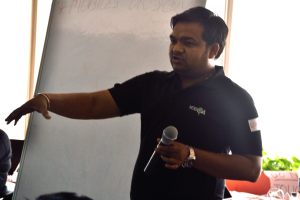
Feedback and Next steps:
The overall feedback was very encouraging. Those who were beginners to selenium were delighted. There was some constructive feedback on seating arrangements. Overall it was a very eventful event and as organizers we are excited to conduct such events in near future.
The focus on next session will be on build tools, continuous integration and BDD.
The VodQA Team:
